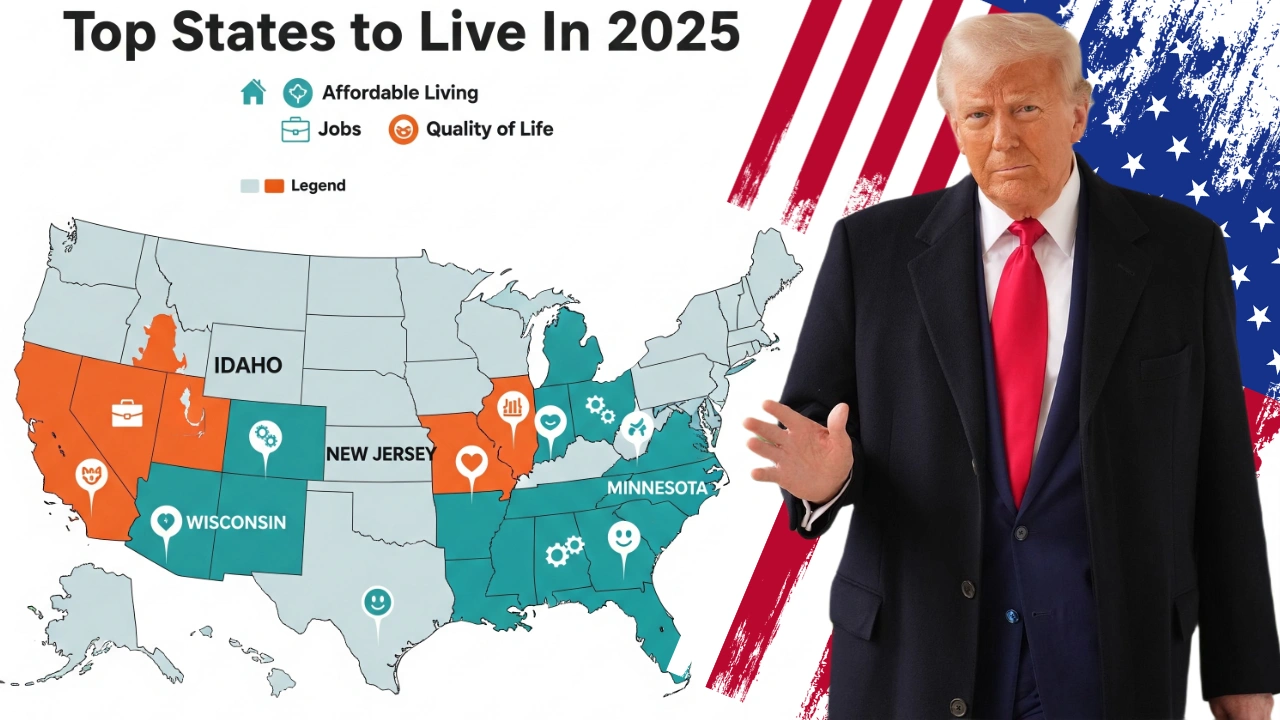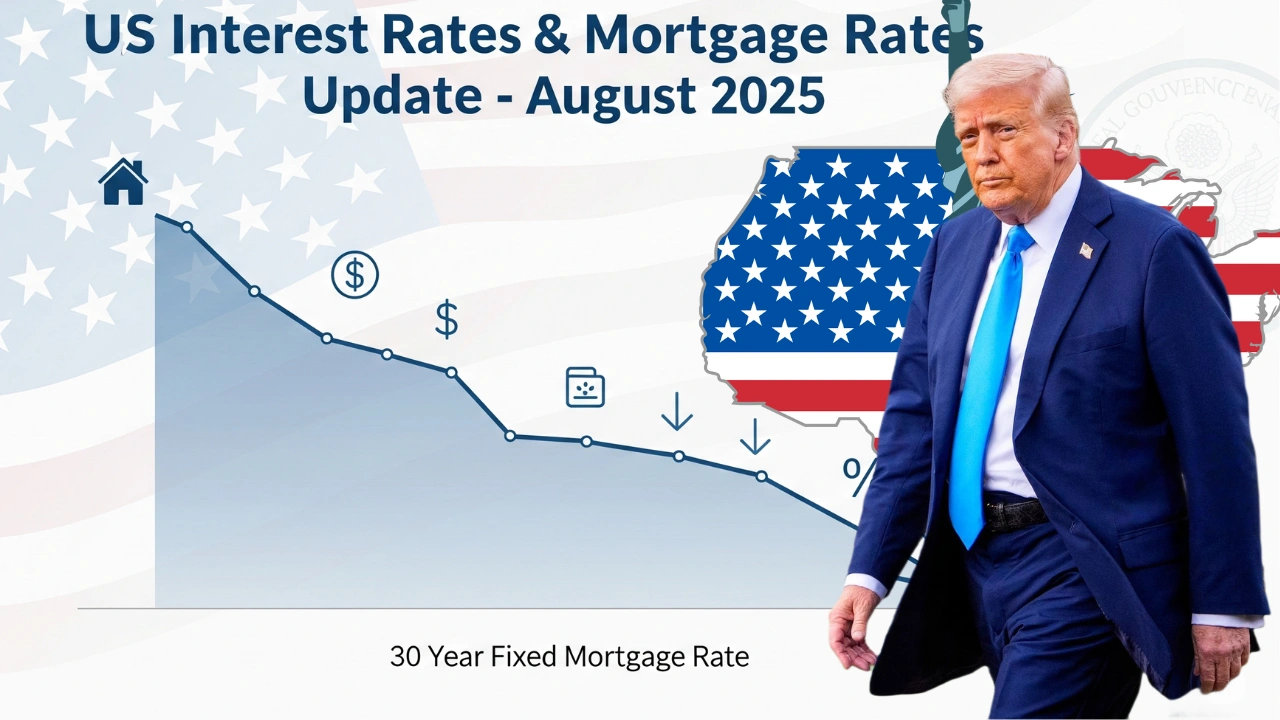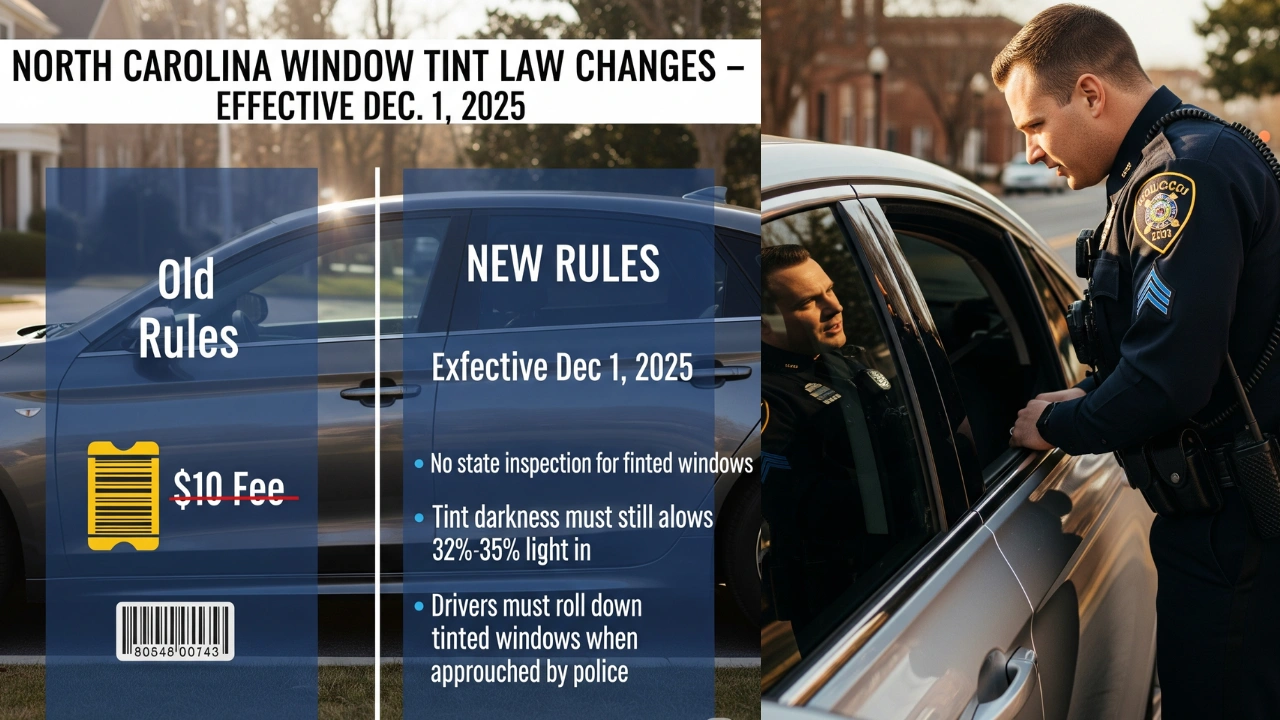In 2025, many Americans are facing a familiar challenge – how to balance the rising cost of living with the dream of a better quality of life. Inflation has touched nearly every part of daily expenses, from housing and groceries to healthcare and utilities. This reality is prompting individuals and families to look beyond their current location and ask: Where in the U.S. can I live well without breaking the bank?
The good news is, some states consistently deliver a winning combination of affordability, job opportunities, and lifestyle perks. These states aren’t just about economic numbers – they’re about building a life that feels sustainable, secure, and fulfilling.
Why This Matters Now
The search for the best states to live in is not just about chasing low prices or high salaries. It’s about finding balance. People want places where good jobs exist and living costs are manageable. They want safe neighborhoods, quality schools, strong healthcare systems, and vibrant communities. UK 40 Loan Scheme.
With remote work making relocation easier for many, moving to a new state is no longer a far-fetched idea. In fact, a growing number of Americans are relocating to places that offer them more—whether that means a lower mortgage payment, shorter commute times, or simply the peace of mind that comes from living in a safe, supportive environment.
Top States to Consider in 2025
While every person’s definition of “best” depends on personal priorities, some states are repeatedly recognized for excelling in key areas like economy, safety, and quality of life. Here’s a look at several top contenders for 2025:
-
Massachusetts – Known for its exceptional education system, top-tier healthcare, and strong job market. While the cost of living can be high in certain areas, high wages and economic stability balance the scales for many residents.
-
Idaho – Offers a low cost of living, a growing job market, and an active outdoor lifestyle. It’s especially appealing for young professionals and families seeking a slower pace with economic opportunity.
-
New Jersey – Combines proximity to major metropolitan areas with strong safety ratings, high household incomes, and excellent schools.
-
Wisconsin – A mix of affordability, safety, and a high quality of life, with thriving cultural scenes in cities like Madison and Milwaukee.
-
Minnesota – Regularly scores high for healthcare access, education quality, and community safety.
Other states worth watching include Utah for its economic growth and recreation opportunities, New Hampshire for safety and scenery, and Vermont for its strong sense of community and environmental focus.
Key Factors That Determine the Best States
To fairly compare states, experts look at multiple indicators, including:
-
Affordability – Housing costs, taxes, and overall expenses relative to income.
-
Economy – Job growth, unemployment rates, and median income levels.
-
Quality of Life – Community amenities, recreation, climate, and cultural opportunities.
-
Safety – Crime rates and public safety measures.
-
Healthcare and Education – Access to quality services and strong school systems.
A truly great place to live doesn’t excel in just one category—it finds the right balance among them.
Eligibility Criteria for Relocation Incentives (if offered by a state)
Some states actively encourage new residents by offering relocation payments, tax breaks, or other incentives. While programs vary, typical requirements might include:
-
Being a U.S. citizen or permanent resident.
-
Meeting specific income or employment criteria.
-
Agreeing to live in the state for a set number of years.
-
Filing both federal and state taxes.
-
Not having significant unpaid debts or legal issues.
Payment Timeline (for hypothetical incentives)
If a state offers financial incentives for relocation, timelines may look like this:
-
Application Period – Typically open year-round or during certain months.
-
Review Phase – State agencies verify eligibility, usually within 4–8 weeks.
-
Payment Distribution – Most often by direct deposit, but some offer paper checks or prepaid debit cards.
How to Avoid Scams When Searching for Relocation Offers
Unfortunately, scammers target people looking for financial help or big moves. Protect yourself by:
-
Only applying through official .gov websites.
-
Never paying an “application fee” to claim benefits.
-
Verifying phone calls or emails claiming to be from state agencies.
-
Ignoring offers that sound too good to be true—especially those demanding personal information upfront.
Conclusion
Choosing where to live is one of the most important life decisions you can make. The best states to live in for 2025 offer more than just affordable housing—they provide economic stability, community safety, quality education, and access to healthcare. For individuals and families facing today’s economic challenges, relocating to one of these states can be a step toward not just surviving, but thriving.
FAQs
1. How are “best states” rankings decided?
Most rankings use a mix of data on affordability, economy, healthcare, safety, and quality of life.
2. Is moving to a cheaper state always better financially?
Not necessarily. Lower costs must be balanced with job availability and income potential.
3. Which state is best for retirees?
States like New Hampshire, Florida, and Vermont often appeal to retirees for safety, amenities, and tax benefits.
4. Are there government programs to help me move?
Some states offer incentives to attract workers, but these vary widely and have eligibility requirements.
5. Where can I find reliable information?
The safest resource is your state’s official .gov website.
Government Resource:
Visit USA.gov for verified state contact information and official relocation resources.


